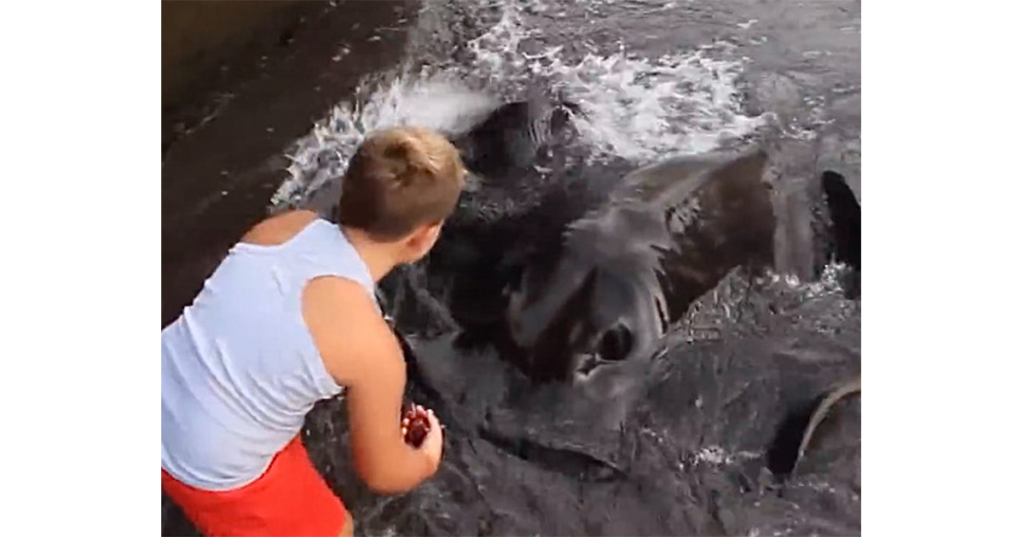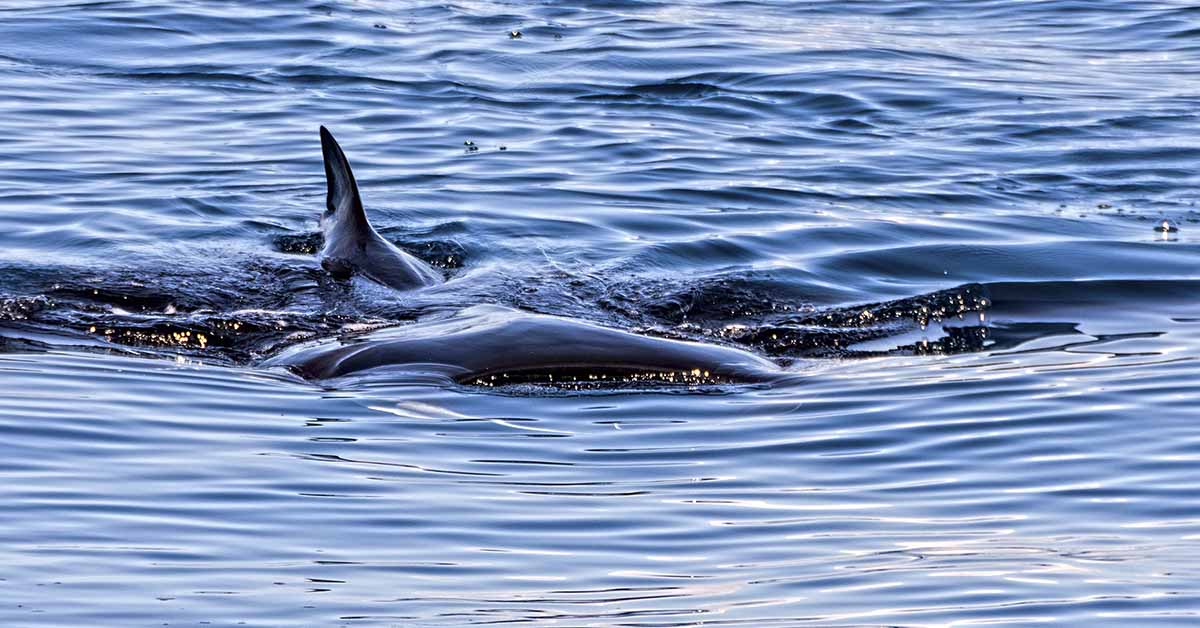In the serene waters off Vueltas, La Gomera, Canary Islands, an enchanting friendship once blossomed between a young boy named Joel and an extraordinary giant manta ray.1 This heartwarming tale, captured in a viral video, has recently resurfaced, captivating the hearts of millions worldwide and rekindling a fascination with this extraordinary inter-species bond.
A Meeting Ground for Joel and the Manta Ray
Vueltas, a coastal area renowned for its vibrant marine ecosystem, often attracts an array of marine creatures, including massive rays and colorful fish. The local wharf became a focal point where fishermen traditionally discarded their bycatch into the sea. This age-old practice unwittingly lured numerous rays closer to the shore, setting the stage for a unique friendship between Joel and a colossal manta ray.
Amidst this picturesque setting, Joel, a young resident, established an extraordinary rapport with one particularly large manta ray. Every morning, Joel would extend offerings of fish to this gentle giant, fostering an unexpected bond that defied the conventional boundaries of human-animal relationships. The astonishing interaction between the boy and the manta ray was captured in an emotionally stirring video.
The footage of Joel and the manta ray made waves when it was shared on YouTube in 2013. This captivating video showcased the remarkable connection as the ray glided close to the shore, allowing Joel to feed it from his hand and pat its head fearlessly. The emotional depth and genuine friendship depicted in the video captured the attention of millions worldwide, accumulating an astonishing 59 million views.

Exploring the World of Manta Rays
Beyond the touching story of Joel’s bond with the manta ray lies a world of intriguing facts about these magnificent sea creatures. The giant manta ray, known for its colossal wingspan reaching up to 26 feet, is a filter feeder, sustaining itself by consuming copious amounts of zooplankton.2
Unfortunately, the giant manta ray faces numerous threats, primarily stemming from commercial fishing activities. Classified as a threatened species under the Endangered Species Act, these gentle giants are particularly vulnerable to overfishing and accidental entanglement in fishing gear. The global demand for their gill plates in international trade has further exacerbated their decline.
Manta rays exhibit unique behavioral patterns, migrating along productive coastlines and congregating at specific locations for feeding, mating, and cleaning. Their diet primarily consists of planktonic organisms, and their feeding strategies, such as barrel rolling and forming feeding chains, showcase their remarkable adaptability to oceanic environments.
Championing the Preservation Efforts
Given their low reproductive rate, with females birthing only one pup every two to three years, concerted efforts to safeguard these majestic creatures are imperative. Protecting them from overfishing, bycatch, and other potential threats is vital for their continued survival in our oceans.
The touching tale of Joel and the giant manta ray not only highlights the emotional bonds that can form between humans and animals but also serves as a poignant reminder of the intricate interconnectedness of marine ecosystems. Understanding and preserving this delicate balance is crucial for the conservation of these magnificent creatures and the preservation of our ocean’s biodiversity.
Keep Reading: Watch This Little Boy Learning How to Use the Potty If You Need to Smile Today
Sources
- “Little boy runs down to the sea every morning to wait for giant sea animal to emerge.” Newsner. Michael Panter. October 18, 2023.
- “Giant Manta Ray.” NOAA Fisheries

